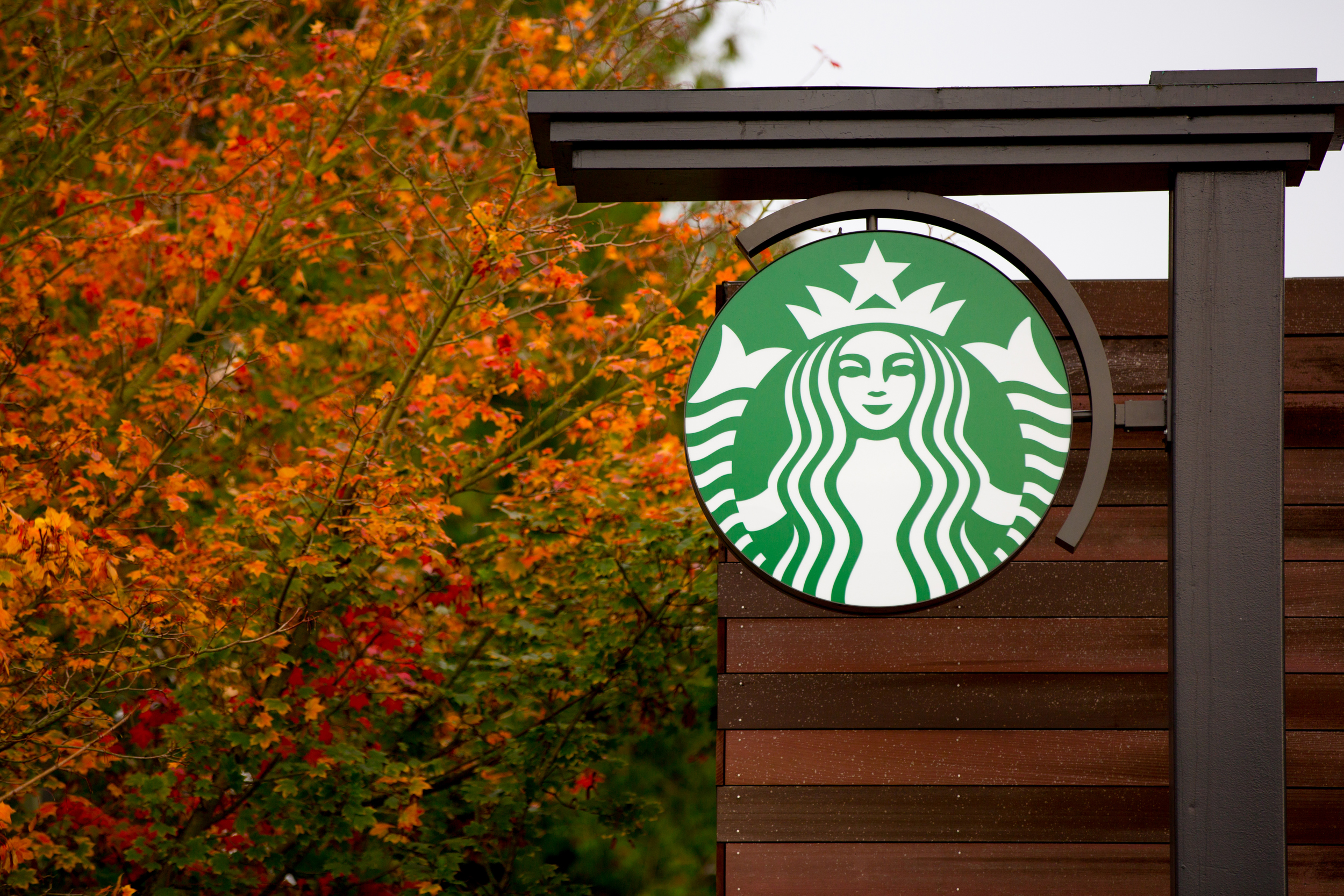Last week, Starbucks announced that they will no longer be charging extra fees for drinks made with non-dairy alternatives, they will bring back the beloved “condiment bar,” and that prices on all products will not increase in 2025. These changes are in reaction to the company’s continuing financial decline over the last year, brought on by boycotts and decreased spending due to inflation, among other issues. The newly appointed CEO Brian Niccol has not detailed how this change will affect earnings, focusing instead on “how it’s the right investment in the business to get people to re-engage with the brand.” Consumers welcome the changes, particularly as many voiced feelings of dissatisfaction over the company’s privileging of mobile orders and increasingly complex, non-coffee-based beverages.
Not only has it been a challenging year for Starbucks financially, but it has also been a tumultuous year from a business governance perspective. In May, one of Starbucks’ board of directors, Satya Nadella (CEO of Microsoft), resigned from the board without reason after having served for seven years. As we have discussed, directors are the only individuals statutorily empowered to manage, or supervise the management of, the business. While they are the only corporate actors recognized by statute in this way, as we have also discussed, directors’ roles in the modern public corporation are often overshadowed by officers, particularly CEOs. In line with this, Nadella’s resignation from the board was hardly acknowledged, but Starbucks’ former CEO’s exit from the company and the welcome of the new CEO have been near front-page business news.
Although changes to company officers are in the control of the board, and so the change in management should be hailed as a win for Starbucks’ directors (wherever they lurk in the shadows of the company), some say that the CEO shuffle might be the result of “high-profile” activist shareholders, including the infamous Elliot Investment Management LP. However, there is no doubt that vocal opposition to former CEO Laxman Narasimhan’s management and direction of the company by Howard Schultz, the entrepreneur who made Starbucks the global icon, played a significant part, especially given that Schultz is the fifth largest shareholder in the company, beat out only by institutional shareholders like Vanguard and Blackrock. While Schultz may be the fifth largest shareholder, he only holds 2% of the issued and outstanding shares, with the largest shareholder holding 9.66%. Arguably, what all of this drama with Starbucks’ governance reveals is that some actors wield outsized control over companies than they legally should – and Schultz is no exception.
Despite the slumping sales, and other issues surrounding the customer experience at Starbucks, I am left wondering whether those issues can really be attributed to Narasimhan, whose tenure with the company was just over one year. Yet, after Schultz’s public attack on Narasimhan’s leadership of the company, it was perhaps impossible for shareholders and the board to change the association between him and the company’s failings. In this way, it seems that change was certainly needed to help foster a new perspective on Starbucks for both consumers and investors alike, but I am still sitting with the question as to whether all the aforementioned changes were in fact in the “best interests” of the company. Brian Niccol, the new CEO has been broadly celebrated for revamping Chipotle, and will likely help Starbucks. As for Narasimhan, it almost feels as though he got caught in being in the wrong place at the wrong time.

